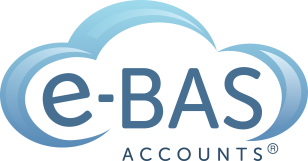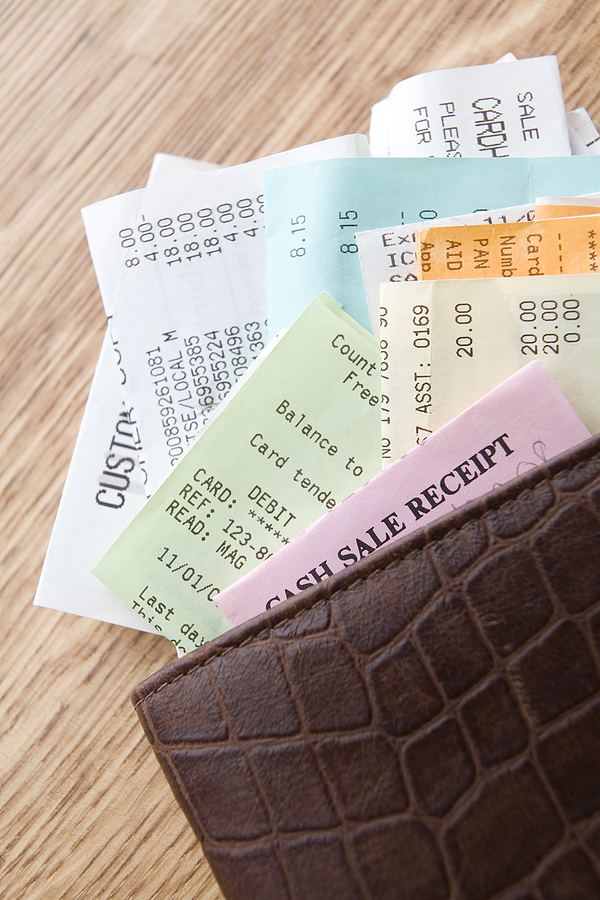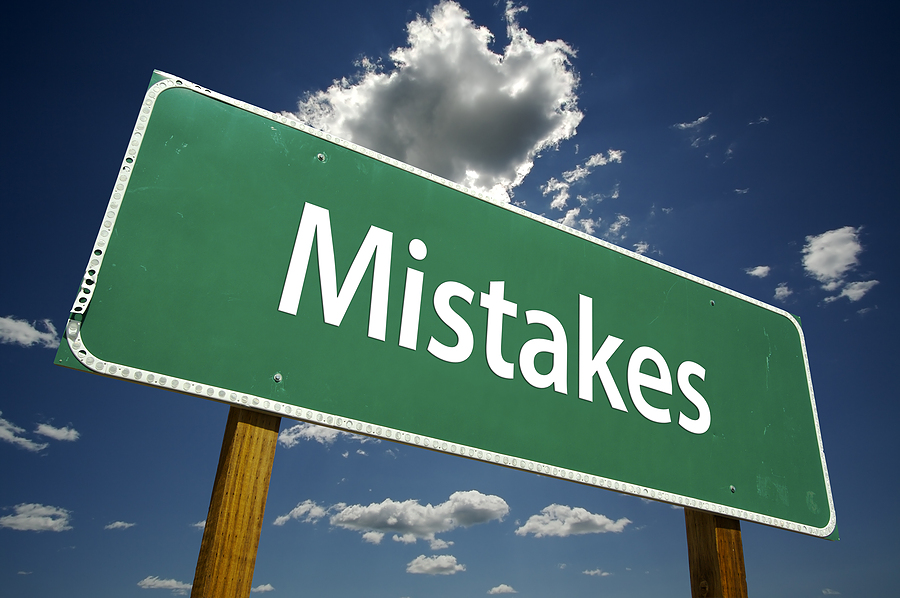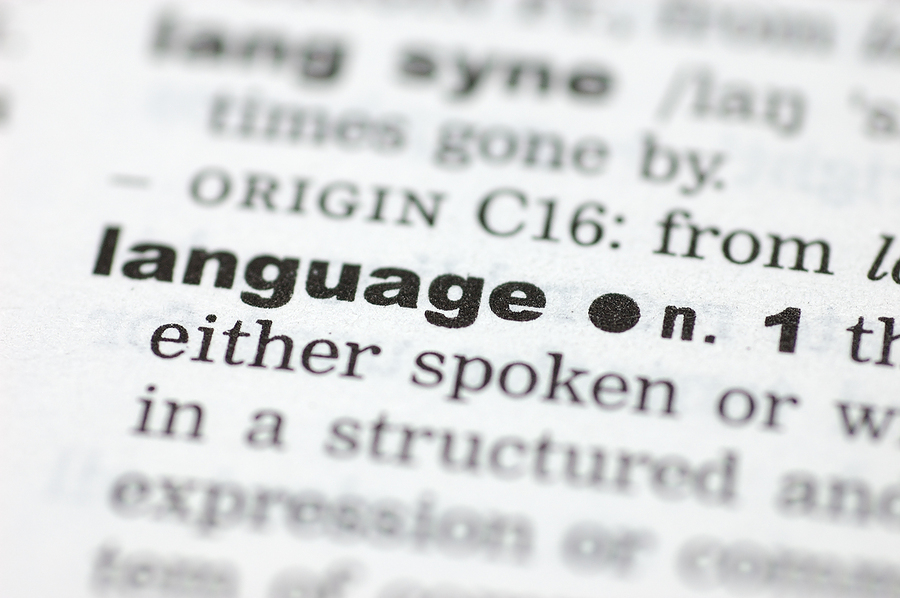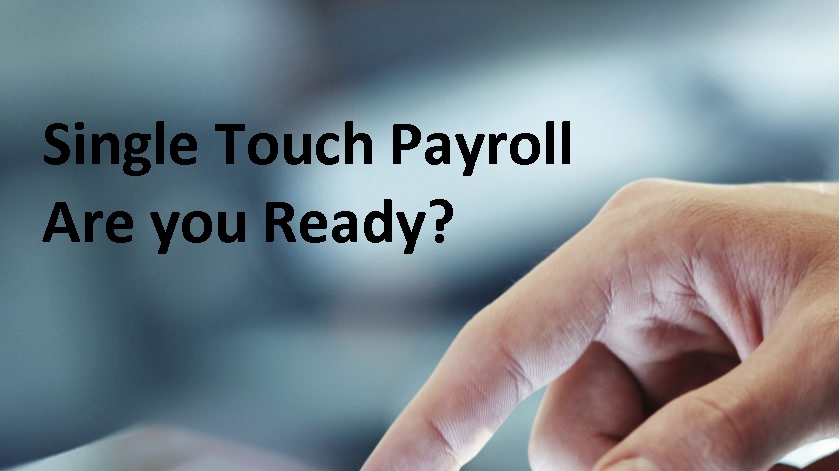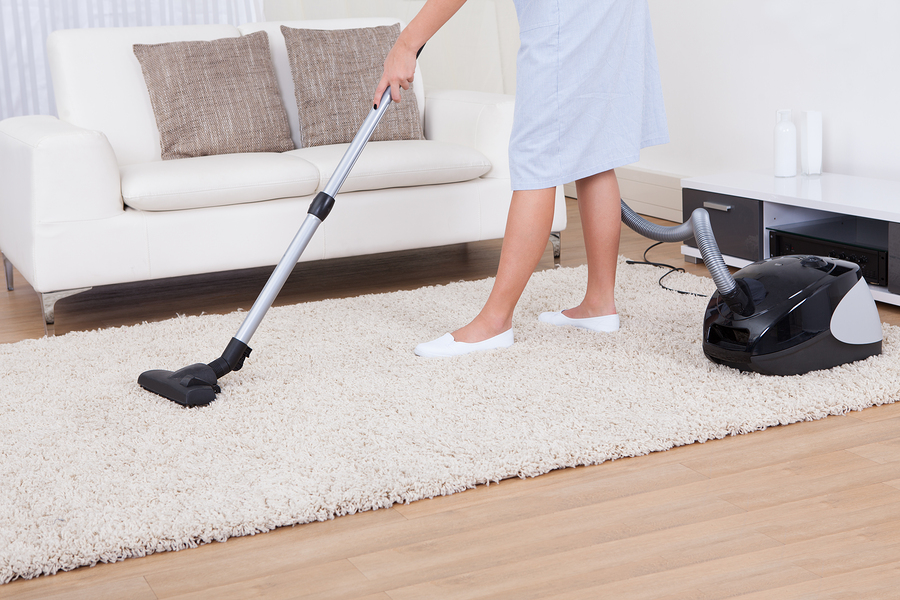Here at e-BAS Accounts we have embraced the concept of operating our business via the cloud. In short, we love the cloud! So what is the cloud and why do we love it?
The cloud is the current term currently being thrown around meaning “all things online”. Basically, any software you might access on your desktop or laptop, you can now access online. Okay, so why do we love it?
There are 5 reasons why we love the cloud:
1. Accessibility: The applications we use in our business are available to us on any computer, anywhere, and anytime as long as there is an internet connection available. This means we are no longer tied to our office for the purposes of accessing information. We can now access emails, accounts information, our favourite apps, etc. anytime and anywhere. Our office is now completely mobile. If we want to work on the beach at Torquay we can; if we want to sit in the park on a sunny day and process client accounts, we can; if we want to access our emails while travelling on a train, we can. You get the picture 🙂
2. It’s Cheap: Cloud applications are generally cost-effective. We can usually try an application out for free for a short period and then agree to pay a low monthly fee to continue to use the service. What’s more, we can opt-out at any time we like if we find an application better suited to our needs. It means we can operate our business on a relatively low budget, accessing some of the best and most useful applications currently available.
3. It’s Always Current: The applications we use are always up to date. No longer do we have to purchase upgrades to our desktop software. Upgrades are taken care of in the background by the cloud providers. We will never have to worry about this and what’s more, it’s part of the monthly fees we pay – it’s not extra so no ugly surprises.
4. Security & Backups: Cloud providers build their products with your data security being of the utmost importance. The same security levels we enjoy when using online banking are often used for cloud applications. We believe that is more secure to place your data into the cloud than it is to leave it on your desktop or laptop. Why? Because using the cloud is like having a continuous backup system in place. Your data is always there – it can’t be destroyed by fire, theft or flood; it can’t be corrupted or lost by computer malfunction; it can’t be accessed and altered by unauthorised staff members, etc. To keep your data totally secure, you must keep it off site and there is no site more off-site than the cloud!
5. Working Remotely: Cloud applications allow us to work remotely with our clients whether they be 5 km or 500 km away. Here are some of the applications we use here at e-BAS Accounts which make working remotely possible:
- Go To Meeting: Allows us to hold meetings with clients no matter where they live
- Saasu and Xero: Online accounting software which eliminates the need to send data files to and from clients/accountants and/or worry that those files are current or possibly corrupt etc.
- TeamworkPM: Our project management platform
- Dropbox: For file sharing and backup with clients
- Office 365 and Google Apps: Make the mobile office a reality
- Twitter, Facebook and Linkedin: Part of our current marketing strategy; networking strategy; learning strategy
The cloud is central to our business mission here at e-BAS Accounts – to enhance flexibility, collaboration, and efficiency by working remotely with clients and team members; we do this by primarily using online apps via the cloud. The cloud has basically made our little business possible. We believe it is the way of the future office and far better than the alternative.
